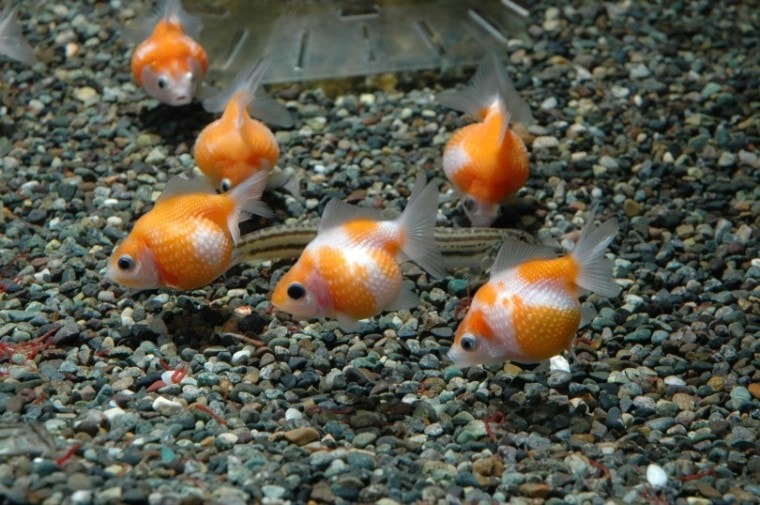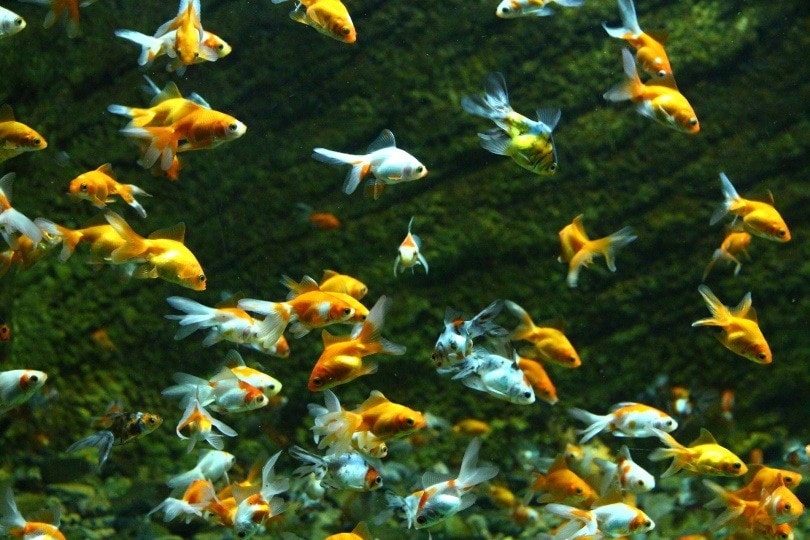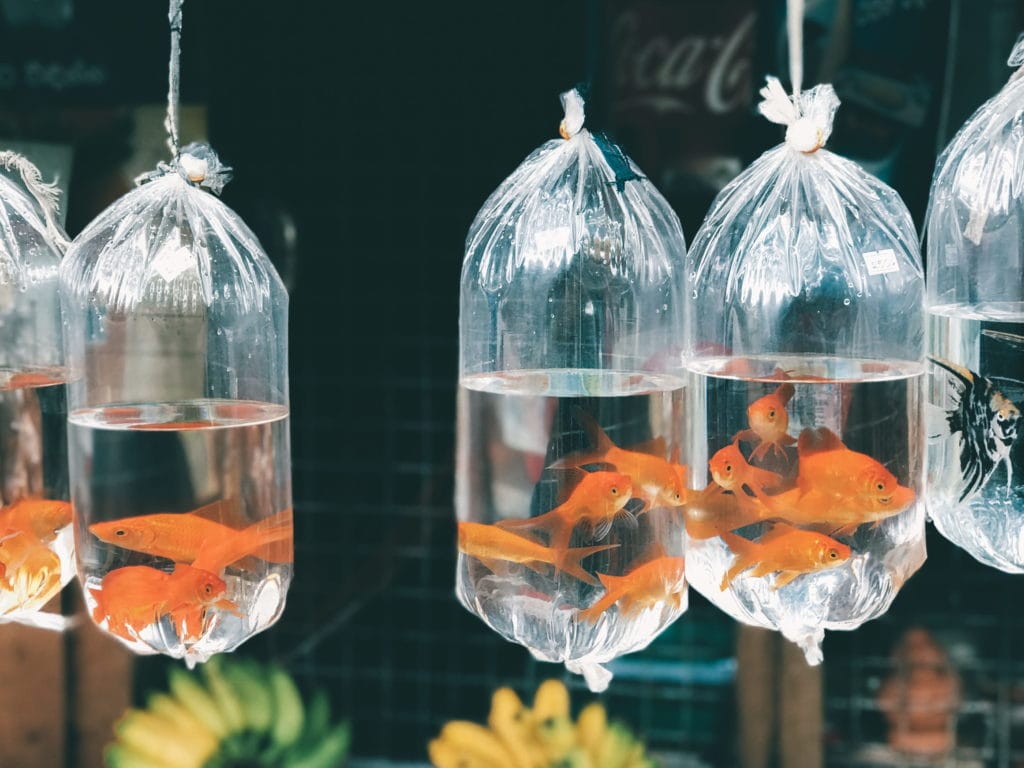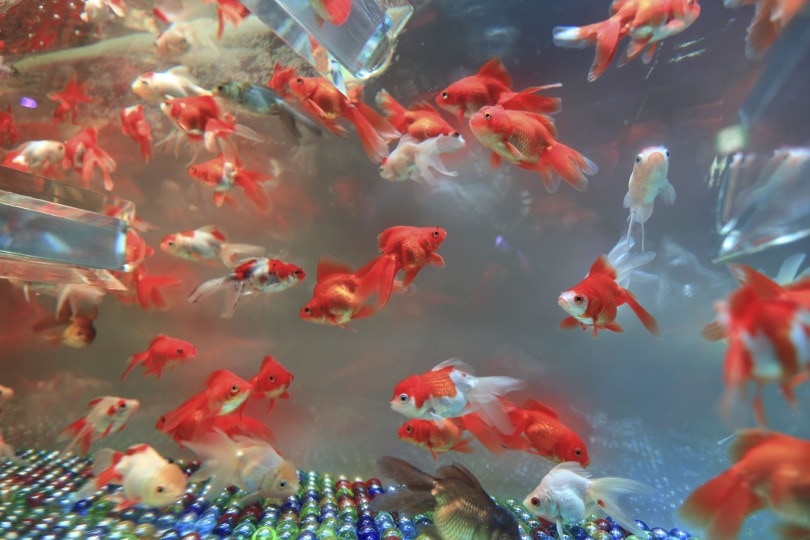Shipping and Moving Live Goldfish: Step-by-Step Guide 2022

Whether you are looking for the best way to ship your goldfish or if you are merely curious how your goldfish made its way to your door, this guide will give you insight on how to humanely ship or move with your goldfish while minimizing unnecessary stress.
Shipping goldfish is an interesting process. Goldfish can be shipped in a variety of ways that can also be applied to moving with your goldfish.
Moving with your goldfish can be stressful, but there is more that can go right than it is wrong. If a few measures are taken, your goldfish can have a safe and stress-free journey to their new destination.
Part 1: Shipping Goldfish

The shipping process for goldfish should be made as comfortable as possible. Goldfish are easily stressed which can cause them to develop health issues during or after transit.
Following the guidelines below can help to ensure your goldfish is not overly stressed while being shipped. Keep in mind that the shipping process should not exceed 16 hours as the build-up of ammonia will most likely kill the fish before it arrives.
Step 1
Determine the destination of the goldfish and calculate how long an estimated journey could take. It is best to keep the travels under 12 hours long and night-time is the best choice in the summer, whereas the morning will be better in winter. This will prevent your goldfish from being exposed to overly harsh temperatures. Keep in mind you should not ship your goldfish if it is snowing heavily, extremely hot, or storming. Some services will also not deliver during these conditions which will mean your goldfish is in the bag for a dangerously long time.
Step 2
Choose a good livestock delivery service beforehand that delivers quickly. They should be qualified to carry livestock and deliver the animal with little stops or rough handling on the way. The delivery service should be made aware they are carrying live goldfish and the words “fragile, live fish” should be written in permanent marker across a large section of the container. Draw an arrow indicating the right way the box should be placed, this will help prevent your goldfish’s container from being accidentally placed upside down or sideways.
Step 3
Fast the goldfish for two to three days before shipping. This will lower the amount of waste your goldfish will produce inside the bag. Ammonia will build up rapidly in such a small body of water.

Step 4
Prepare a bag that can accommodate the size of the fish you are shipping and fill it halfway with the current tank water it is in. Add in a few drops of a fish-safe stress reliever. Leave a section of the bag filled with air. The bag should not be overfilled with air to the point it looks like it will burst, this can pose a risk of the bag popping during delivery. You can place a second bag around the first to reduce the chances of that happening. If you are shipping tropical fish, place a 24-hour disposable pet heating pad at the bottom of the container.
Step 5
Place the bag in a thick styrofoam shipping container and NOT a box. This is ideal in a situation where a bag had to break. The styrofoam will hold the water and increase the fish’s chance of survival. A box is porous and will absorb and leak the water out, slowly killing the fish. You can also add stuffing inside of the box to prevent the bag from moving around. The stuffing should be made of a material that does not absorb water.
Once you have completed those steps, your goldfish will be good to go on its shipping journey.
Part 2: Moving with Goldfish

If you plan on taking your goldfish with you when you move to a different house or state, you should not keep them inside of the tank. Moving with a goldfish should also be done promptly under 30 hours.
Step 1
Get a breathable container with a lid. The container should be large enough to house the fish with decoration and still provide room for them to swim. Fill the container with a ratio of half the old tank water, and the other half fresh dechlorinated water.
Step 2
Empty the old tank and keep the filter media in a bag of old tank water to preserve the beneficial bacteria. Pack the decorations and tank for the travel.

Step 3
Place a battery-operated air pump connected to an air stone to oxygenate the water inside of the fish’s moving container. Tropical fish will require a disposable heating pad to keep the water warm.
Step 4
Layer thick towels underneath the seat that the fish’s container will be buckled to in case any spilling occurs while traveling. Place other moving materials against the container to prevent it from moving around.

Step 5
Travel when minimal traffic will be present and only take a few short stops on the way. You do not want your goldfish to sit in the container for longer than necessary. While you are moving, do not feed the fish. The food and waste will only foul up the water.
Once you have reached your destination, you should set up the tank and run the old filter through the new water for a few minutes. Gently place the fish back into the tank and do not add any of the old water from the moving container.

Wrapping it Up
Shipping or moving is possible with fish and is usually successful. The fish should not have to experience any other types of stress during travels which makes tracking apps beneficial in this case.
Although measures will be taken to reduce stress, your fish is still going to be confused and disorientated upon arrival. This can further be prevented by blacking out the traveling container with black paint or paper on the outside. This way your fish will not be able to see what is going on and the darkness will encourage them to sleep during the move or shipment period.
Featured Image Credit: hineck_Pixabay



Không có nhận xét nào